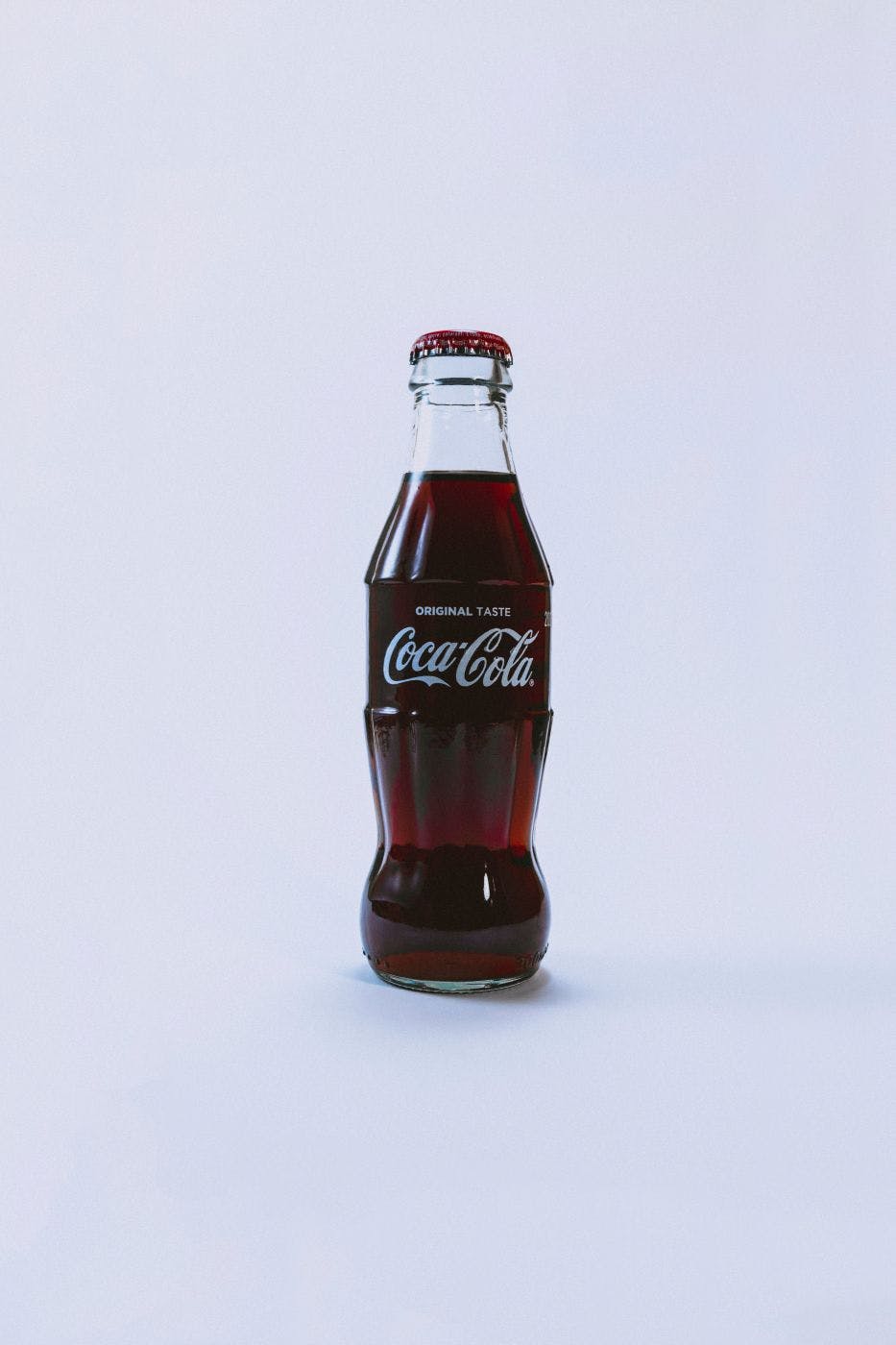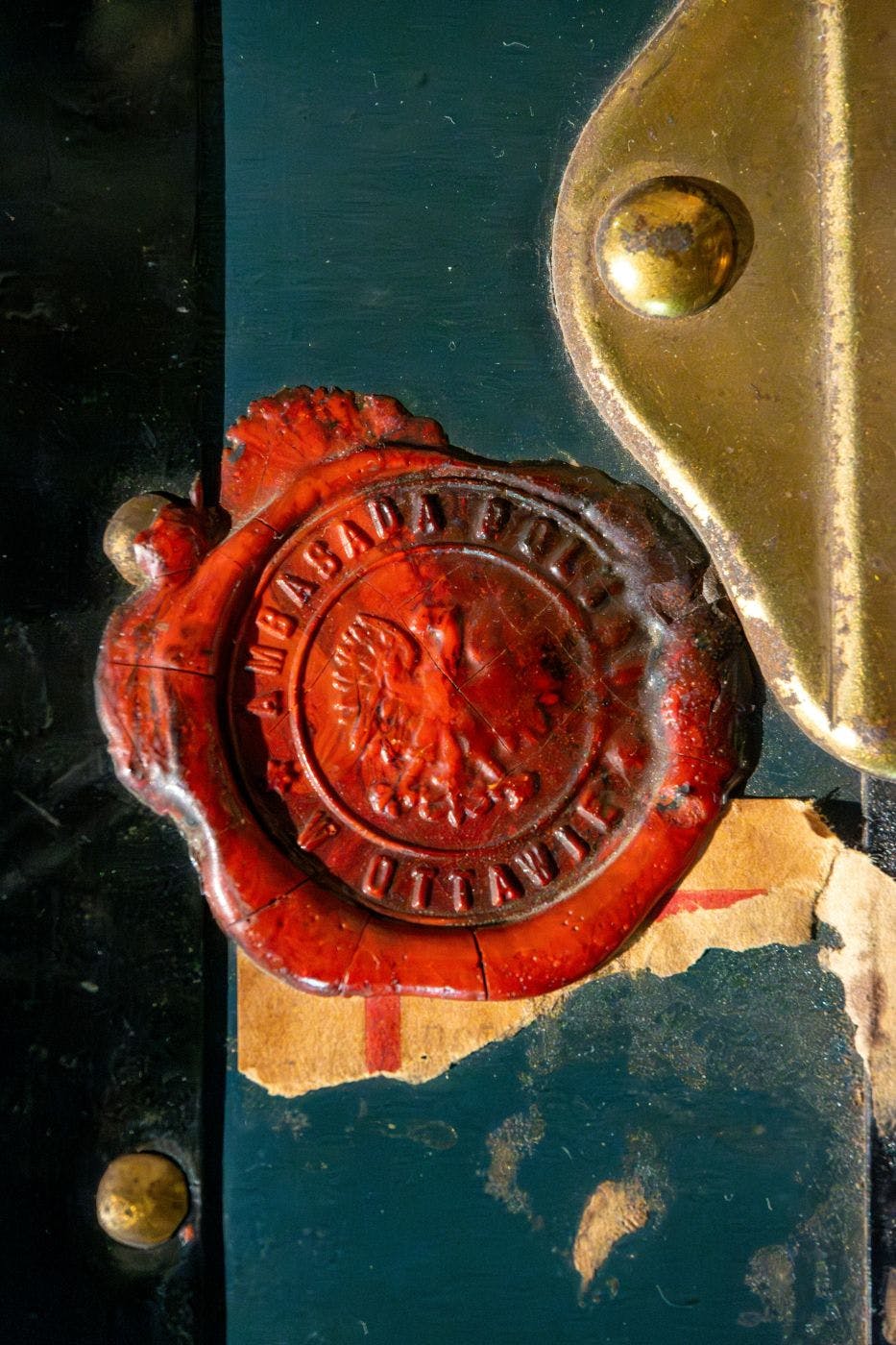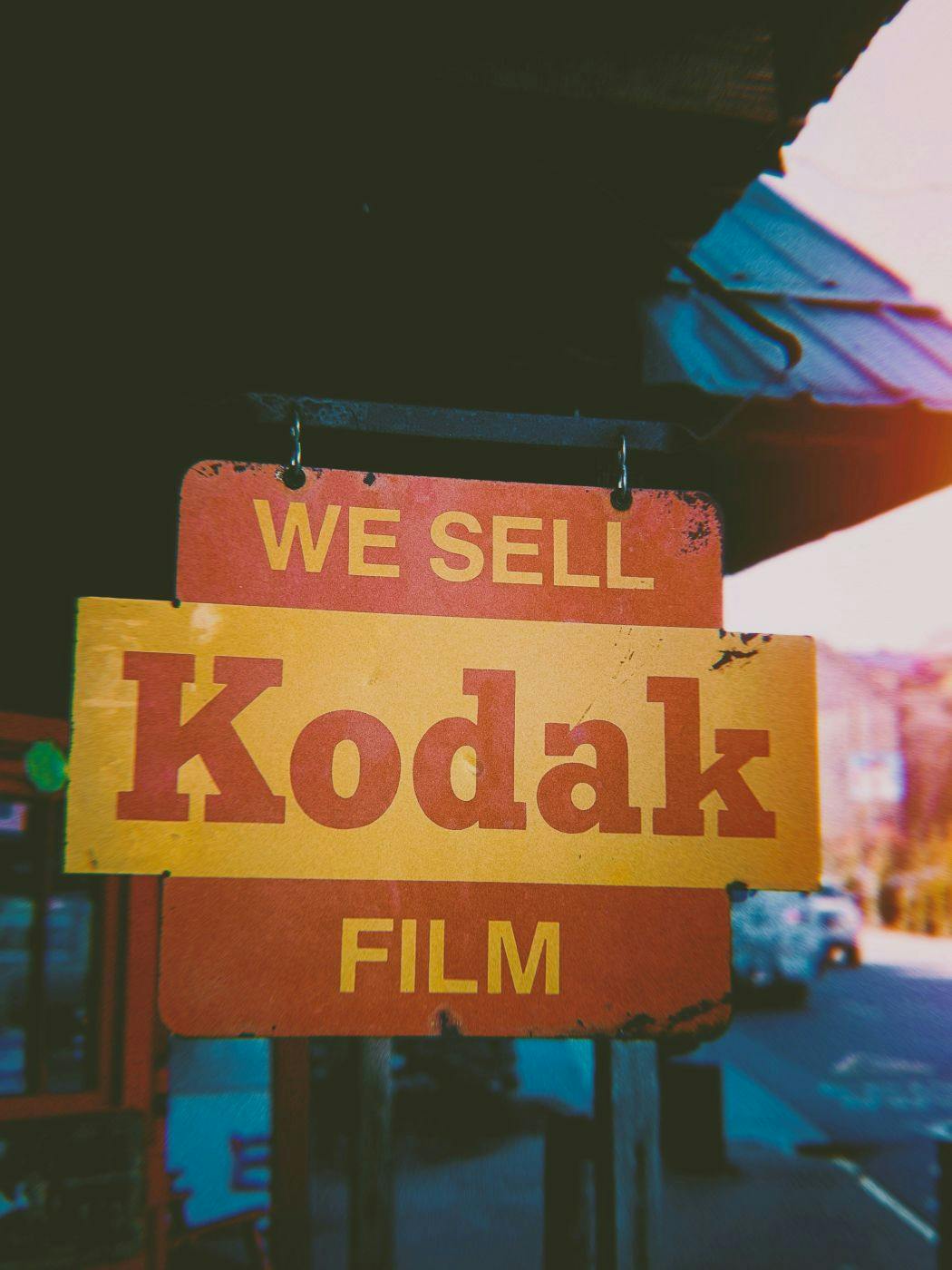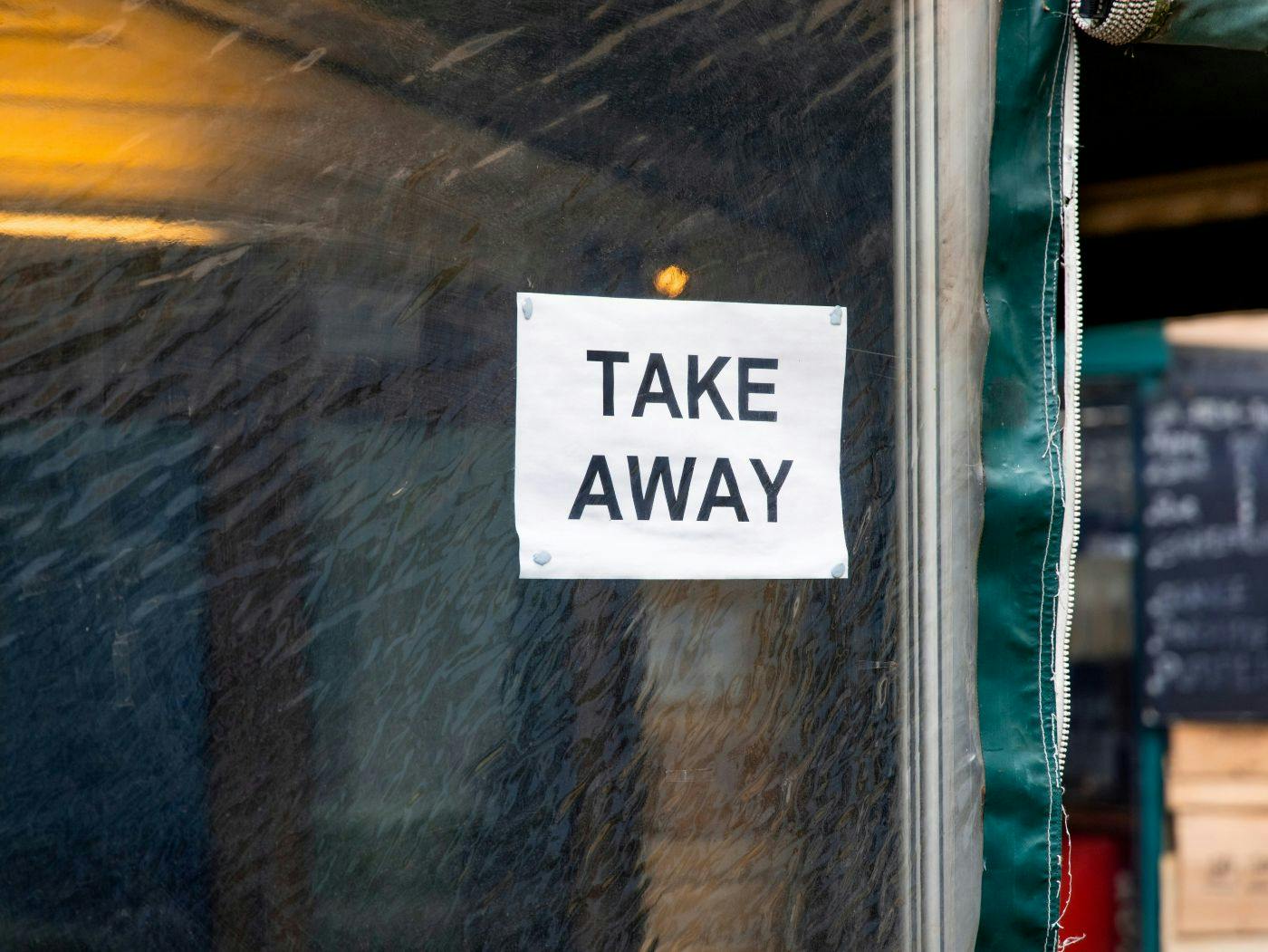

A trademark isn’t just a name or a logo. It’s a symbol that connects your business to a promise in the customer’s mind. When people see it, they should think, “Ah, this comes from that company I trust—or at least, that company I recognize.”
Baby number two. That was my name for a long time. When I was born, my parents had no idea what to name me. Partially because my mother felt I was going to be a girl, so the name that was being tossed about was Abby. Imagine their shock when I splooted out and I was not a girl, but a rather ugly, fat boy. So thrown they were that when we left the hospital, I was Baby Number Two, my brother being Baby Number One.
I don't blame them, seriously, naming a child has to be tough. You have to think about all the nicknames he could be adorned with by bullies throughout his life. You want to make sure he is unique so that he’s not just one of twenty-eight Johns in his classroom. But when I was born, we were still using human names for our kids, so Apple, Turnip, Sunbeam, and the like were not even considered. And whatever the hell Elon is naming his kids would have had the town council and the church all over my parents demanding they rename me if they decided on something like X/19zerminia. Or Quart.
Quart? Anyway…
Naming a kid ain’t easy. There’s pressure from family: “You should name him Humbert after great-great-grandfather Humbert.” Good idea, except isn’t Humbert the name of the older man obsessed with a young girl in Nabokov’s Lolita? We want unique, not pervy.
But imagine you spent weeks, maybe even a month, poring over names in books, seeking that one special moniker to bestow on your newborn bundle of joy, and you finally find the perfect name: Huck! And your best friend calls you and says, “We decided to name him Huck.” What do you do?
It’s a tricky situation. And that, my friends, is exactly what naming a brand is like—except with a little extra at stake. Because unlike a baby, a business name, logo, or slogan can be legally protected. Enter trademarks: the superhero cape of the business world. Trademarks are what keep your hard-earned brand from being copied, imitated, or stolen—so you don’t end up as the business equivalent of Baby Number Two. Over the next few minutes, we’re going to unpack what trademarks are, why they matter, and how they’re different from the brand itself (spoiler: the brand is bigger, juicier, and much harder to protect).
What is a Trademark?
Okay, so we survived the baby-naming horror story—now let’s talk about naming a business, which is basically the same thing, but with lawyers, paperwork, and way more potential for heartbreak. A trademark is basically a legally recognized way to say: “This is mine, back off.” It protects the names, logos, and other unique identifiers that distinguish your goods or services from everyone else’s.
Here’s the fun part: a trademark isn’t just a name or a logo. It’s a symbol that connects your business to a promise in the customer’s mind. When people see it, they should think, “Ah, this comes from that company I trust—or at least, that company I recognize.”
A trademark can be:
- A word or phrase: Nike, Google, or even quirky names like Häagen-Dazs.<br />
- A logo: the swoosh, the golden arches, or the shape of the Coca-Cola bottle.<br />
- A slogan: “Just Do It” or “Have it your way.”<br />
- A sound: like the Intel bong or the MGM lion roar.<br />
- A color or combination of colors: think Tiffany blue or UPS brown.<br />
- A shape or design element: the contour of a perfume bottle or the form of a chocolate bar wrapper.<br />
But here’s the important distinction: a trademark doesn’t protect your product idea, your business plan, or your marketing genius. It protects the identifier—the thing that says “this comes from us, not them.” That’s why even if two companies sell the exact same product, the trademark keeps the identities separate. You could have two coffee brands with basically identical blends, but if one uses the Starbucks logo and the other doesn’t, the trademark keeps confusion at bay.
Another wrinkle: trademarks can exist in different stages. You might see ™, which means the company claims a mark but hasn’t officially registered it yet. Then there’s ®, which means it’s officially registered and legally enforceable. Think of it like a VIP badge—™ says, “I’m serious,” while ® says, “I have lawyers and a reserved throne.”
And just like with baby names, picking a trademark is tricky. You want it to be unique, memorable, and not accidentally offensive or weird. Imagine trying to trademark the name “Humbert.” Great family homage, terrible PR.
So yes—trademarks are legal tools, but they’re also strategic weapons. They prevent copycats, protect your investment, and help your customers instantly recognize what’s yours. But owning a trademark doesn’t automatically give you customers, buzz, or cultural relevance. That, my friends, is the magic of a brand—a bigger, juicier story we’ll get into later.

A Brief History of Trademarks
If you thought trademarks were a modern invention, think again. Humans have been stamping their claims for hundreds of years—long before lawyers, courtrooms, or even Starbucks existed.
The earliest known trademarks go back to the 13th century in England, when craftsmen in guilds would stamp their products to show ownership and quality. These were simple marks, often carved into wood or pressed into metal or pottery. Back then, a trademark basically said, “I made this, and it’s good.” Sort of like a medieval Yelp review.
By the 1600s and 1700s, trademarks started appearing on more commercial goods, like textiles, tools, and furniture. The idea was simple: buyers needed to know whose product they were getting, especially in bustling markets where knock-offs were already a problem. Even back then, copycats were a thing. Some things never change.
In the United States, formal trademark law started in 1870, but it didn’t stick right away—Congress repealed it just a few years later because it conflicted with state laws. It wasn’t until the Lanham Act of 1946 that U.S. trademark law got its modern form, providing a national framework for registering and protecting trademarks. This is why you can now register everything from a logo to a color combination, and get actual legal teeth if someone infringes.
Meanwhile, on the international stage, trademarks started gaining traction with treaties like the Paris Convention (1883) and later organizations like WIPO (World Intellectual Property Organization), which help businesses protect their marks across borders. Because let’s face it, the last thing you want is for someone in another country to happily rip off your brand while you’re sitting in your office thinking you’re safe.
Fun fact: some of the oldest trademarks still in use today are Coca-Cola (1886) and Levi’s (1873). These brands didn’t just survive—they thrived—and part of that longevity comes from protecting their marks over decades, evolving but never losing the core identity.
The takeaway? Trademarks aren’t just legal formalities—they’re a longstanding human practice of claiming and protecting what’s yours, from medieval craftsmen to billion-dollar global brands. And just like naming a baby, picking a mark for your business is a big deal—it can stick with you for life.

Why Trademarks Matter
By now, you’re probably thinking, “Okay, trademarks are old and legal—but why should I actually care?” Great question. Here’s the deal: a trademark is more than just a fancy symbol next to your logo. It’s a strategic weapon for anyone building a business.
- They protect your hard work.<br />
- They reduce confusion for customers.<br />
- They build trust and credibility.<br />
- They can increase business value.<br />
- They give you legal recourse.<br />
In short, trademarks are like your business’s seatbelt, helmet, and life insurance all rolled into one. They don’t create the experience, the culture, or the magic of your brand—but they protect it, so you can build something that lasts.
And that’s the key point: trademarks are protection, brands are perception. A trademark keeps your mark safe; a brand makes people care about it.
Trademark vs. Brand: What’s the Difference?
Now we get to the part that confuses literally everyone—even some marketers: trademark vs. brand. People throw these words around like they’re synonyms, but they are not. Not even close.
Think of a trademark as your business’s legal armor. It’s the part you can point to in a courtroom and say, “That belongs to me.” The swoosh, the ®, the name—these are things you can protect, register, and enforce.
A brand, on the other hand, is everything else: the experience, the story, the feelings people associate with you. It’s the taste of Starbucks on a rainy morning, the nostalgia when you see a LEGO set, the confidence that comes from driving a Volvo. Brands are intangible, emotional, and messy. You can’t copyright “comfort” or “trust,” but your brand lives there.
Here’s a way to visualize it:
- Trademark = the fence around your house.<br />
- Brand = the furniture, the smell of fresh cookies, the way your dog curls up in the corner.<br />
You can have a trademark without a brand. Just ask any generic product with a clever name—legally protected but forgettable. And you can have a brand without a trademark—but good luck stopping competitors from copying your look and feel.
Some famous examples:
- Apple: Trademark protects the name, the logo, and some product shapes. Brand? Everything from sleek product design to the cult-like loyalty of its fans.<br />
- Coca-Cola: Trademark covers the logo, script, and bottle shape. Brand? Happiness, nostalgia, “the real thing.”<br />
- Your local coffee shop: Maybe you trademark the name. But the brand—warmth, friendliness, quirky latte art—is what keeps people coming back.<br />
The takeaway here is simple: trademarks protect the identifiers, brands create the magic. One is legal, one is emotional—and both matter if you want a business that lasts.

How Trademarks Work Today
- ™ vs. ®<br />
- Registration<br />
- What Can Be Trademarked?<br />
- Enforcement<br />
- International Considerations<br />
- Duration and Maintenance<br />
Why it matters in practice:<br />Imagine you’re starting a brand called Quart Coffee—cute, right? You think you’re safe. Then someone in another state opens Quart Café and starts building a following. If you haven’t registered your trademark, there’s little you can do. If you have, you can defend your identity and prevent confusion.
Common Misconceptions About Trademarks
- “If I use it, it’s mine.”<br />
- “Trademarking protects my idea.”<br />
- “Trademarks last forever.”<br />
- “A trademark stops everyone from copying me.”<br />
- “Trademarks are just for big companies.”<br />
- “If it’s clever, it’s automatically trademarkable.”<br />
The takeaway? Trademarks are powerful, but they’re also misunderstood. They protect identifiers, not ideas, and they only work if you use them strategically.
Practical Tips for Entrepreneurs Thinking About Trademarks
- Start early—but don’t panic.<br />
- Do your homework.<br />
- Be strategic.<br />
- Think about growth.<br />
- Keep an eye on enforcement.<br />
- Remember: trademark ≠ brand.

The Takeaway
Trademarks might sound dry and legal—like the part of business you wish you could ignore—but they are actually foundational to building a lasting brand. Think of them as the fence around your identity: they don’t make people love your business, but they make sure what you’ve built doesn’t get stolen, copied, or confused with someone else.
Here’s what we’ve learned:
- Trademarks protect identifiers, not ideas or experiences.<br />
- Brands create perception, emotion, and loyalty—the things that make people care.<br />
- They’ve been around for centuries, evolving from medieval craftsmen stamping goods to global corporations protecting multi-billion-dollar assets.<br />
- Strategic use of trademarks can save headaches, prevent confusion, and even add value to your business.<br />
At ThoughtLab, we often emphasize that building a brand isn’t just about marketing campaigns or a cool logo—it’s about ecosystem thinking. Trademarks are one crucial tool in that ecosystem, helping your brand identity thrive while the rest of your business grows around it.
So, the next time you’re agonizing over names, logos, or slogans, remember: a trademark is more than paperwork. It’s your business’s legal safety net, your protection against copycats, and a key step toward building something that lasts.
